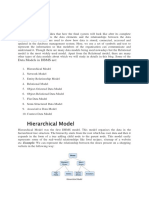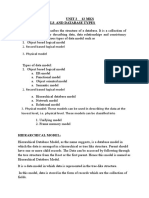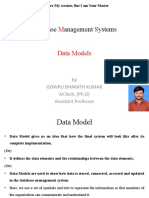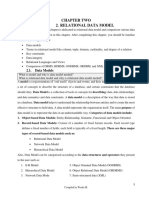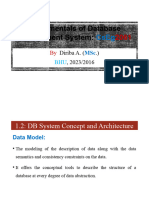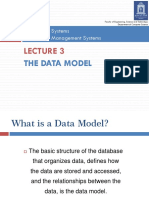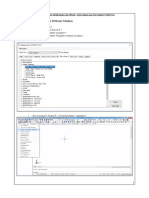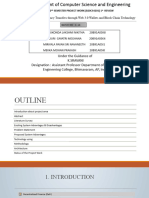0% found this document useful (0 votes)
6 views17 pagesData Model2
The document provides an overview of data models, which describe the structure of databases through entities, attributes, relationships, and constraints. It discusses different types of data models including Hierarchical, Network, and Relational models, highlighting their features, advantages, and disadvantages. The Relational Model is noted as the most widely used due to its simplicity and scalability, despite some hardware overheads and potential for poor design.
Uploaded by
bhavani GubbalaCopyright
© © All Rights Reserved
We take content rights seriously. If you suspect this is your content, claim it here.
Available Formats
Download as PPTX, PDF, TXT or read online on Scribd
0% found this document useful (0 votes)
6 views17 pagesData Model2
The document provides an overview of data models, which describe the structure of databases through entities, attributes, relationships, and constraints. It discusses different types of data models including Hierarchical, Network, and Relational models, highlighting their features, advantages, and disadvantages. The Relational Model is noted as the most widely used due to its simplicity and scalability, despite some hardware overheads and potential for poor design.
Uploaded by
bhavani GubbalaCopyright
© © All Rights Reserved
We take content rights seriously. If you suspect this is your content, claim it here.
Available Formats
Download as PPTX, PDF, TXT or read online on Scribd
/ 17






